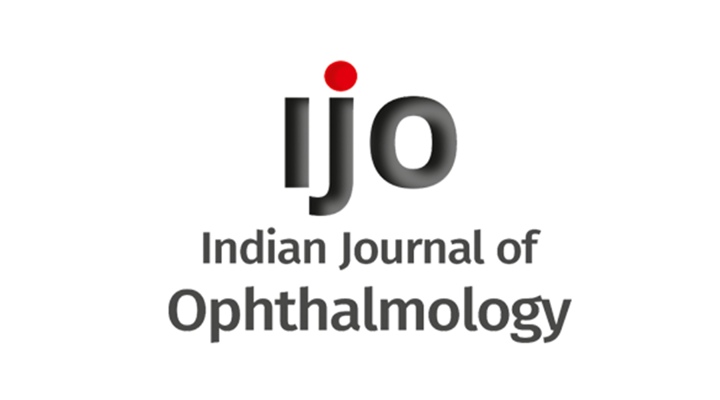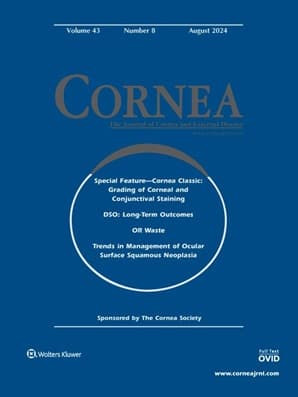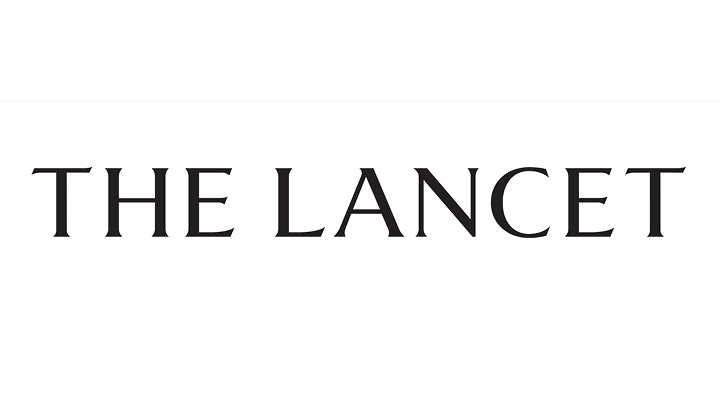Research Update
Others Research Update
RESEARCH CHRONICLES
What’s Shaping Eye Care?
Research Update#7
The Wide-Eyed Dilemma: Managing the Signature Sign of Thyroid Eye Disease

Our Focus
In collaboration with distinguished experts from India and the United States, our team at SSEI, under the leadership of Dr. Akruti Desai, Faculty of Ophthalmic Plastic Surgery, Eye Cancer & Aesthetics Services, has contributed to a landmark review article published in the Indian Journal of Ophthalmology. This comprehensive article delves into Thyroid Eye Disease (TED), an autoimmune inflammatory disorder affecting the orbit, extraocular muscles, and eyelids. The condition can significantly alter facial appearance, often imparting a startled or angry expression due to upper eyelid retraction.
What is it about?
Graves’ upper eyelid retraction (GUER) / Eyelid retraction in Thyroid Eye Disease refers to the abnormal elevation of the upper eyelid or downward displacement of the lower eyelid, resulting from inflammation, fibrosis, and overactivity of the eyelid retractors. This hallmark feature not only exposes more of the ocular surface—predisposing to dryness, irritation, and corneal damage—but also profoundly alters facial expression, often imparting a wide-eyed, anxious, or aggressive appearance. Beyond the physical discomfort, this visible change can severely affect a person’s psychological well-being, leading to diminished self-esteem, social withdrawal, and a reduced quality of life..
Why it matters
Eyelid retraction in Thyroid Eye Disease is best managed after the active phase, typically through surgical techniques such as levator recession. However temporizing measures, such as botulinum toxin and filler injections are available during the active phase which can last up to usually 2 years. These interventions restore eyelid position, protect the ocular surface, and improve both function and appearance. Addressing retraction is vital—most importantly to relieve discomfort and prevent corneal damage, but also to correct the distressing, wide-eyed appearance that can deeply affect a patient’s confidence, interaction with kids, and overall quality of life. Recent advances include factors like Brow Fat Span and Tarsal Platform Show, which are key aesthetic parameters that contribute significantly to upper facial harmony.
This work represents a significant stride in understanding eyelid retraction in thyroid eye disease and in preserving ocular surface integrity and reclaiming the natural, pre-disease appearance for those affected by Thyroid Eye Disease, thereby enhancing both comfort and self-image.
Citation
Desai A, Singh P, Rootman D, Naik MN. Management of Graves' upper eyelid retraction (GUER): A review. Indian J Ophthalmol. 2025 Feb 1;73(2):164-172. doi: 10.4103/IJO.IJO_748_24.





